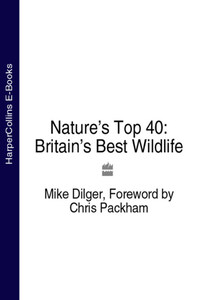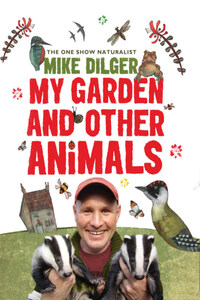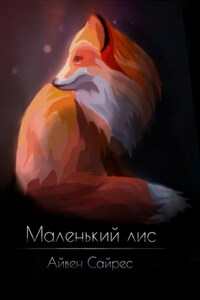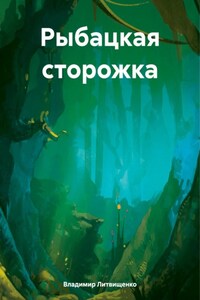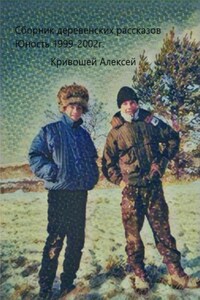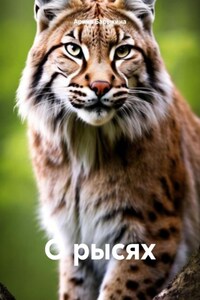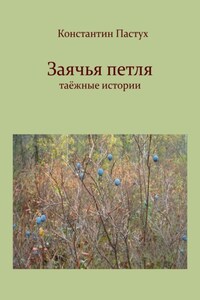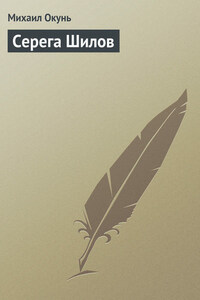by Chris Packham
I made my first list when I was about eight. I thought nothing of it; it seemed perfectly natural. I was obsessed with reptiles at the time, which seemed normal too, and I’d come down from the heady heights of the dinosaurs to the British Six, as my list was called. Adder, grass snake, smooth snake, sand lizard, common or viviparous lizard and slow worm were the words so neatly inscribed in my book, even if I didn’t know what viviparous meant and had to be careful spelling it. I had four out of six ticks alongside them, not bad thinking about it now, but seriously disappointing for the obsessive young naturalist who had to wait an eternity – until he was twelve – to put the final mark alongside sand lizard. Lying in bed that May night wrapped in the warmth of smug satisfaction, I then wondered if I could be the youngest person ever to see the all of the UK’s native reptiles.
Several things are revealed by this admission: that list-making is a very important part of any naturalist’s behaviour; that an incomplete list can cause real distress and lead to an increase in obsessive behaviour; and that lists have a strong competitive component. When you think about it, they are only made to be completed. Shopping lists, wedding lists, they are all made up of things that we need, and the difference between want and need is a notable one. So, listing things is sometimes helpful but patently questionable, and I’m not sure that it makes you particularly happy sometimes, either. But I am certain that it gets you out of bed and that it can act as a wonderful fuel to get your life lived more fully. Oh, and people say that listing is geeky. So what? If you’ve picked up and paid for this book you are at least a little bit geeky, and that’s good; be proud of it!
It’s tempting to imagine that naturalists invented listing, but I’m sure it would be hotly contested from many sides. Historians are also consummate listers, and collectors of anything are listers par excellence, but I think we hold our own. I have a British bird list, a world bird list, a garden bird list, a dogwalking bird list, a garden moth list, a British butterfly and bat and amphibian list, an orchid list, a travel list … and, to be fair, that’s nothing. I’m an amateur when it comes to listing. But these are all empirical lists; there are also the subjective lists – and these are very exciting because they are dynamic and more interactive. We brag about the former, but we debate the latter.
My Top Ten Favourite Films Of All Time (the last bit is fabulously childish, but necessarily demonstrative, and should follow all such list titles) obviously bears no resemblance to the list from which I was trying so hard to tick smooth snakes and sand lizards, although Raquel Welch of the One Million Years BC era still features in several lists. And it can be thrown into turmoil by a single release; it can require a systematic reappraisal, taking hours and contentious ‘discussion’ with my movie guru James. And that is great, too, because opinionated lists must be argued about as a matter of honour. I mean, how can this self-appointed ‘guru’ have Blade II in his Top Ten? Or, more to the point, how the hell did black grouse lekking make it into the Top Five of this list when glow-worms are languishing in the 30s? And who seriously thought: it’s right that a spider’s web is not Top Ten material? And, to my mind, puffins should not be seen or heard in any list, gaudy little chavs. Starlings, swirling about going to roost, good, but so passé. That’s like still having The Italian Job in your Top Ten Movies. I mean, come on, update will you?
What is even more exciting about Nature’s Top 40 than the order is that it’s a UK-based list, and that it finally gives us a chance to bunch together a set of spectacles, which undeniably deserve their status, if not their final positions, in your or my opinion! It proves beyond doubt that the UK is not the land of ‘little brown jobs’, or ‘quite good for its seabird colonies’, or ‘has a few nice spots’; it is rich in things that can stop you in your tracks, make your heart miss a beat, make you hold your breath, make you travel a hundred miles, make you want to shout out loud, make you make lists of things it will make you do!
